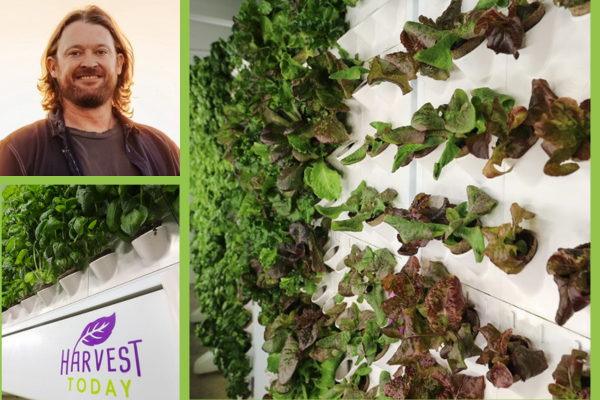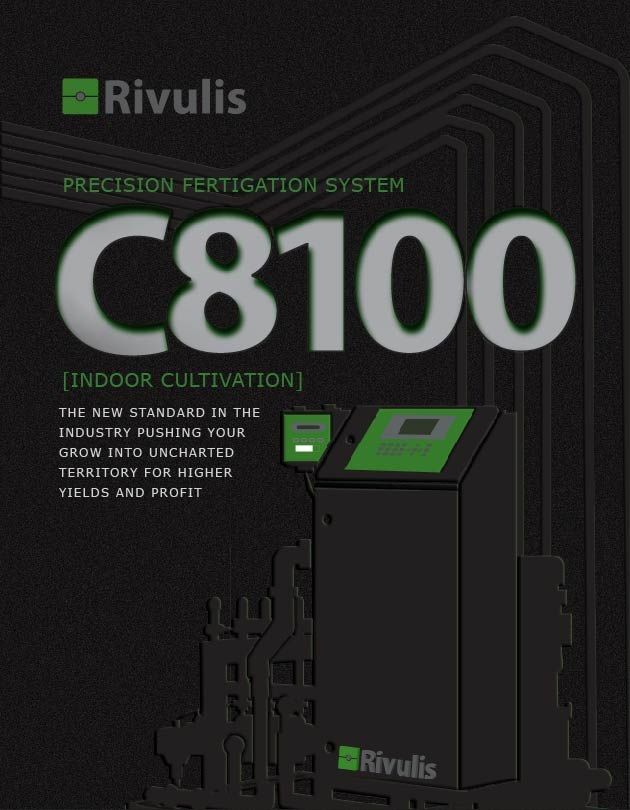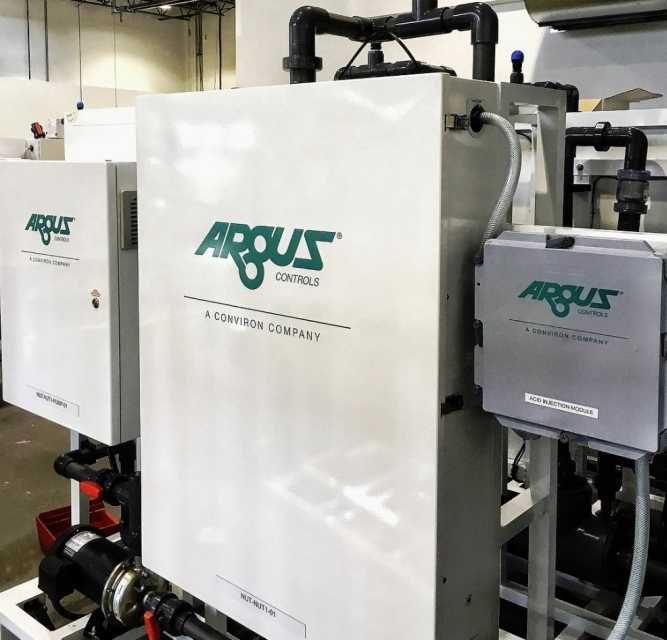Harvest Today: Revolutionizing Local Food Cultivation, One Wall At A Time
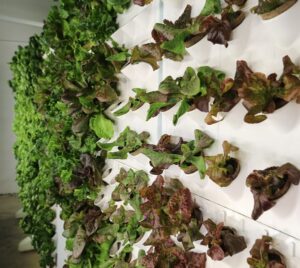
Harvest Today is on a mission to transform local food cultivation, one wall at a time. From addressing food insecurity to building collaborative partnerships and embracing sustainability, the company is driven by a commitment to practical change. In this month’s CEA Q&A, Director of Global Sales and Marketing Peter Maher sheds light on the company’s straightforward approach to simplify, empower and revolutionize local food cultivation through its innovative Harvest Wall systems.
Harvest Today’s tag line is “Indoor Farming Made Simple.” Can you elaborate on how your Harvest Wall systems are revolutionizing indoor food production and what sets them apart from other methods currently in use within the CEA industry?
 When developing the Harvest Wall, we had two objectives – maximize plant count per square foot and make growing SIMPLE – The Harvest Wall achieves both.
When developing the Harvest Wall, we had two objectives – maximize plant count per square foot and make growing SIMPLE – The Harvest Wall achieves both.
Farming, in and of itself is a simple concept – plant, grow, harvest – repeat. Though we all know it’s never that simple, especially indoors, that’s really what it comes down to.
The Harvest Wall Vertigation™ System was developed with the idea of simplicity always top of mind.
Every aspect of the wall was purposefully designed with the user in mind — from the stackable grow tiles, that make the grow system more economical for manufacturing and shipping, offer the best plant density per square foot available and are able to fit in any shape/size grow space — to the patented Vertigation™ System and flood rail, providing precision fertigation and eliminating the need for emitters.
Each Harvest Wall comes ready to go and is equipped with all the hardware and electronics needed to start growing. There is an integrated reservoir, irrigation pump and controller that can be accessed manually or through a smart phone. Whether you are a beginner or experienced grower – the Harvest Wall Vertigation™ System can suit your needs.
Your mission includes empowering communities to address food insecurity at its source. Could you share any examples of how your technology has already made a positive impact on local food access and sustainability?
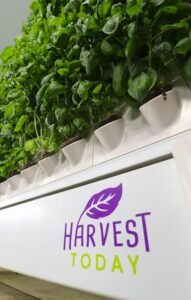
A natural focus of Harvest Today’s sales has been the Canadian Market – where Founder, Rick Langille is from. Canada has no shortage of rural, northern hemisphere regions where fresh produce is simply unavailable. Harvest Today currently has several operating farms in rural communities across Canada. We work with numerous First Nation organizations for not only food production, but also ceremonial herbs and spices no longer available to the indigenous peoples of the area.
Collaboration seems to be a key aspect of Harvest Today’s approach, as evidenced by your partnerships with other suppliers, distributors, and growers. Can you elaborate on the importance of collaboration in driving innovation and scalability within the indoor ag sector, and how these partnerships are contributing to the success of Harvest Wall systems?
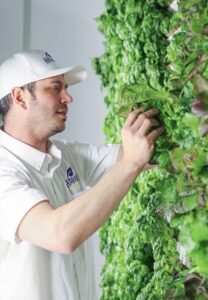
The phrase, “It Takes A Village,” always comes to mind when discussing Harvest Today’s partnerships and collaborations. Yes, we build walls, that’s what we do. But Harvest Today isn’t just here to build walls – our objective is to GROW FOOD, and we can’t do it alone. Having solid trusted partners to help round out the offering and provide expertise in their field is our village – whether it’s lighting, cooling, consumables or anything in-between, we want to be able to point our customers in the right direction.
I’d like to call out SpectraGrow here, as our go-to LED lighting partner. Having SpectraGrow as a resource means we can confidently provide our customers with the latest in LED hardware and technology. With so many options out there – it can be daunting for a potential customer to just google “grow lights.” We want to be that resource and having trusted partners is the only way to do it.
The company’s interest in ESG initiatives, particularly in bringing Harvest Walls to schools and prisons, is noteworthy. How do you envision these efforts making a positive impact, both in terms of food access and broader community engagement with sustainable agriculture practices
A cool thing about this business – for the most part, is that what’s good for ESG, is also usually good for business. It’s not a this or that sort of situation. No matter how or where a Harvest Wall is being used – it’s growing local food – and that’s what we’re here for.
We are very proud ESG efforts and make them a focus of our everyday operations and lives. From an access point of view – when we say we’re here to grow food, we mean it! That’s the number one objective, grow local healthy food. The positive impact of just that, growing local healthy food, knows no bounds.
Looking ahead, what exciting developments or initiatives can we expect from Harvest Today in the coming months?
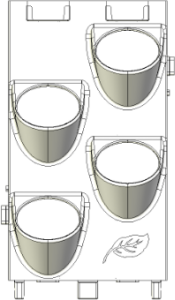 We will be launching our 4 port grow tile for the Harvest Today Harvest Wall Vertigation™ System. Our standard 6 port grow tile consists of 6 2” plant ports. The 4 port grow tile will have 4 3.25” plant ports. The volume of each port on the 4 port grow tile will be nearly 5x that of the 2” ports. This will provide a significantly larger root zone greatly expanding the portfolio of plants that can be grown in a Harvest Wall – most notably – larger fruiting and vining plants like tomatoes, strawberries, cucumbers, peppers, and more.
We will be launching our 4 port grow tile for the Harvest Today Harvest Wall Vertigation™ System. Our standard 6 port grow tile consists of 6 2” plant ports. The 4 port grow tile will have 4 3.25” plant ports. The volume of each port on the 4 port grow tile will be nearly 5x that of the 2” ports. This will provide a significantly larger root zone greatly expanding the portfolio of plants that can be grown in a Harvest Wall – most notably – larger fruiting and vining plants like tomatoes, strawberries, cucumbers, peppers, and more.
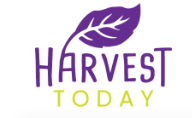
For more information on Harvest Today, visit the website.
